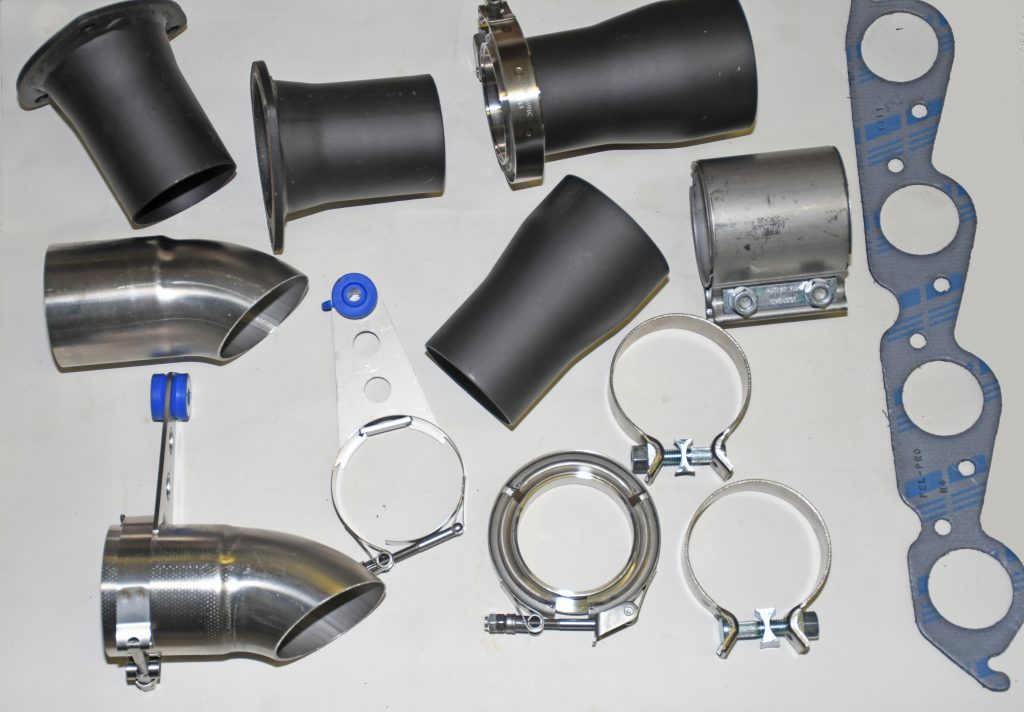
Many exhaust systems are basically plug and play—line up the pipes, clamp ‘em together, and everything more or less fits. But what if you have an oddball combination or a custom application nobody makes a complete exhaust system for? The writer even has one in the garage.
For those vehicles, it’s time to put your thinking cap on and map out your own exhaust system. Once you start the process, you’ll find there is a lot more to a system than a set of headers, some pipes, and mufflers. Here’s a short list of some of the not-so-little things you’ll need to gather before assembling an exhaust system.
Collector Reducers
There are two types of header collector reducers–bolt-on and slip-on. Most bolt-on reducers use three bolts, but there are some four-bolt headers out there. Some incorporate an OEM style ball and socket flange. Competition headers mostly use slip-on reducers.
Summit Racing offers reducers for 2.5, 3, 3.5, and 4 inch collectors. They’re available in steel or stainless steel, and some have built-in oxygen sensor bungs.
Header Gaskets
Many headers come with gaskets. Quality varies, so you might need to purchase another set of gaskets. The Fel-Pro gaskets shown in the photos incorporate a high-density fiber-facing material bonded to both sides of a perforated steel core. Fel-Pro says this technology resists blowout and burnout from high-temperature exhaust gas and is far stronger than the basic paper gaskets. This design also seals well on slightly warped surfaces and holds torque values better.
Some header gaskets have slotted end bolt holes so the header can be hung on a couple of end bolts while the gasket is slipped into place. Then you can install the rest of the bolts and tighten up the assembly.
Another high tech option is a Remflex gasket. These gaskets feature flexible all-graphite construction that’s effective up to 3,000 degrees F—far in excess of the header temperature. They are designed to crush up to 50 percent, filling uneven surfaces for maximum sealing and eliminating the potential for exhaust leaks. Summit Racing also has Remflex gaskets for head flanges, collectors, and V-band clamps.
Header Bolts
There are dozens of different header bolt and stud kits today. Material choices include chromoly, stainless steel, and mild steel. Some are available with locking devices, and several different head configurations are available. Personally, I’ve always found that 12-point bolts make for easier wrenching around tight fitting headers. In some cases, it’s actually easier to use a stud instead of a bolt, even if it’s only for a few of the fastener locations.
Exhaust Clamps
Exhaust clamps range from the old standard U-bolt clamps to band and V-band clamps (we’ll look at V-band clamps separately). Some band clamps can be specified as lap joint models, which means they’ll connect OD pipes to ID pipes to provide a smooth transition between the two pipes. Summit Racing catalogs well over 1,000 different exhaust clamp types that range in size from 1.125 inches all the way up to 9 inches. They’re available in steel, stainless steel, and aluminum.
V-Band Clamps
V-band clamps are a slightly different beast. They are technically called V-band flange assemblies. A round coupling flange is welded to each side of the pipes being joined. A retainer clamp fits over it, and the wedging action of the retainer forces the joint together. The force is radial and as a result, it is evenly applied over the coupling flange. The big advantages of a V-band clamp over a common 3-bolt (header) connection is that it is smaller overall, is easy to disconnect and much stronger.
During installation, the exhaust pipes must be joined and correctly aligned before the flanges are welded on. You can buy V-band clamps in steel, stainless steel, and aluminum. Pipe diameters range from 1.5 inches all the way up to 3.75 inches.
Exhaust Hangers
Summit Racing offers almost 1,200 different exhaust hangers in a wide range of configurations: weld-on or bolt-on, steel to titanium, and cushion segments in rubber, polyurethane, and urethane—which means its easy to find the right one for your system.
One of the slickest setups is the bolt-on hanger from Stainless Works shown in the accompanying photos. The hangers are CNC laser-cut from 0.125 inch thick 304 stainless steel, and have three 11/16 inch diameter holes spaced 1.25 inches apart for multiple mount locations. A silicon grommet is included for use with a 3/8 inch diameter bolt. The Stainless Works exhaust hangers are also available in weld-on configurations.
Exhaust Turndowns
You might want to (or be forced to) simply end the exhaust right after the muffler. Turndowns are an inexpensive way to point the exhaust away from the passenger compartment. They’re readily available in diameters ranging from 2 to 5 inches and in lengths from 4.50 to 26 inches. The turn-down outlet can be slant-cut or straight, and you can buy them in clamp-on, weld-on, or even bolt-on versions with a common 3-bolt collector flange.
High Temp Sealers
More than one exhaust leak has been fixed by using high temperature sealers. If you frequent the drag strip on a regular basis, you’ll see some folks use Permatex Ultra Copper sealer instead of header gaskets. Permatex also offers a Muffler and Tailpipe Sealer that seals holes and leaks in mufflers, tailpipes and around joints, as well as make new installations more secure. It resists temperatures to 2,000 degrees F.
As you can see, there are a lot of different bits and pieces available to help you build a custom exhaust system. For a closer look at some of the solutions, check out the accompanying photos.
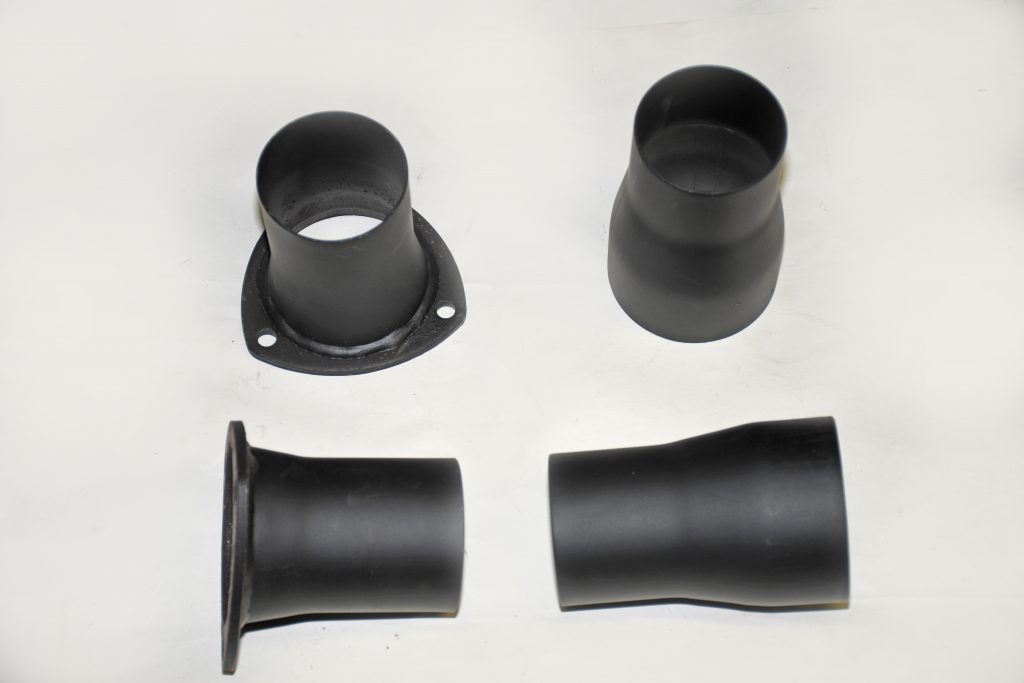
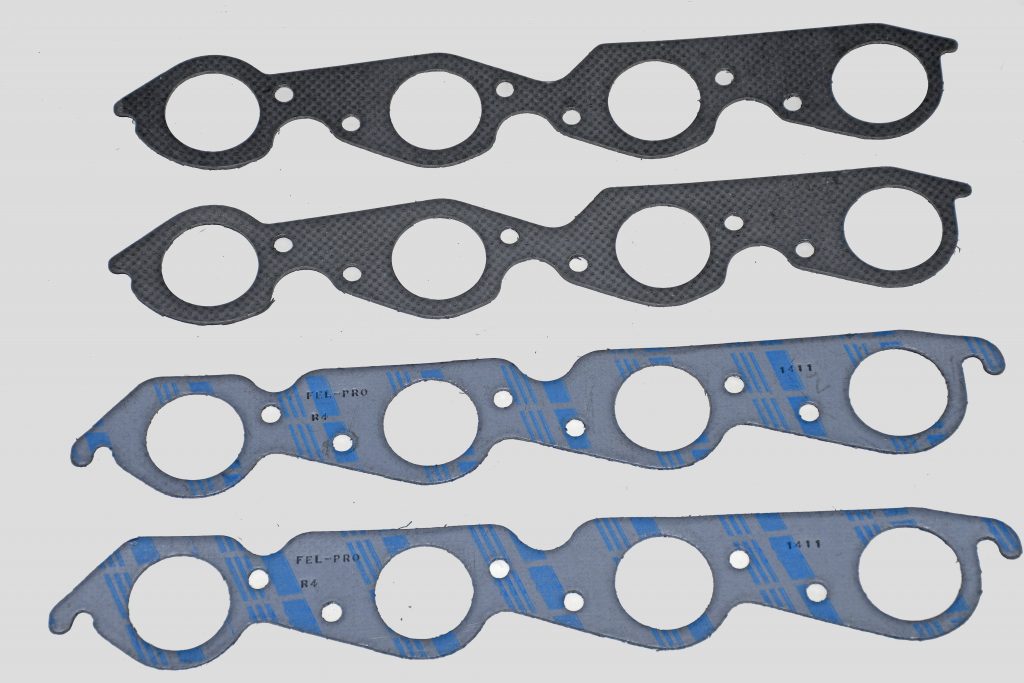
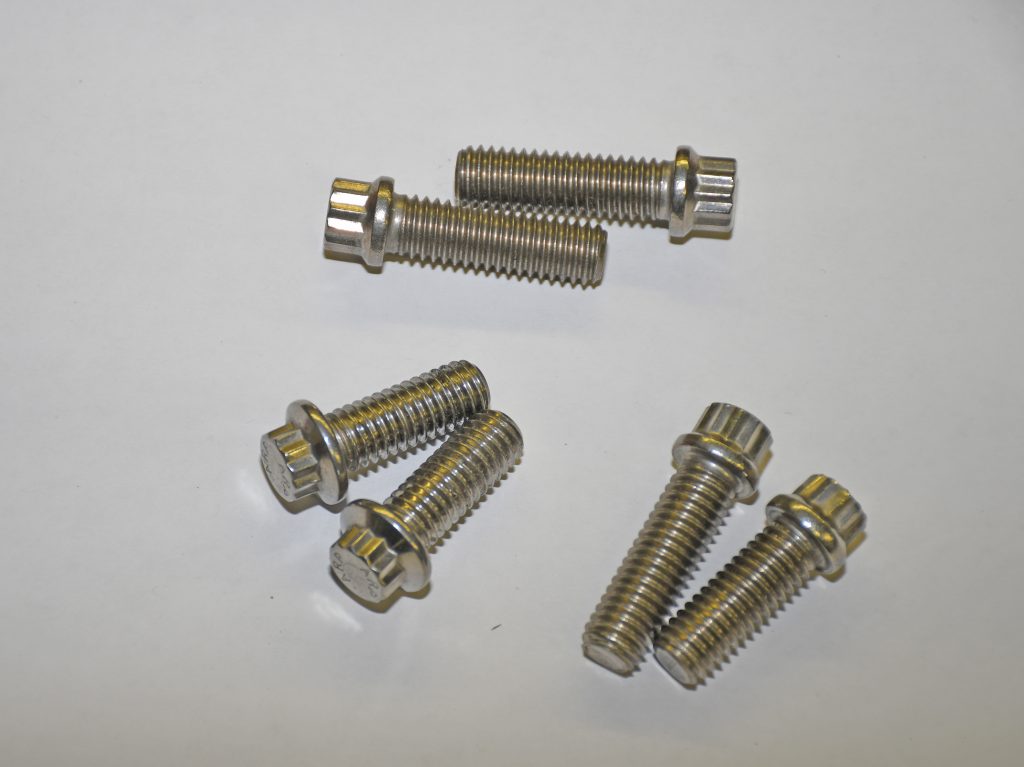
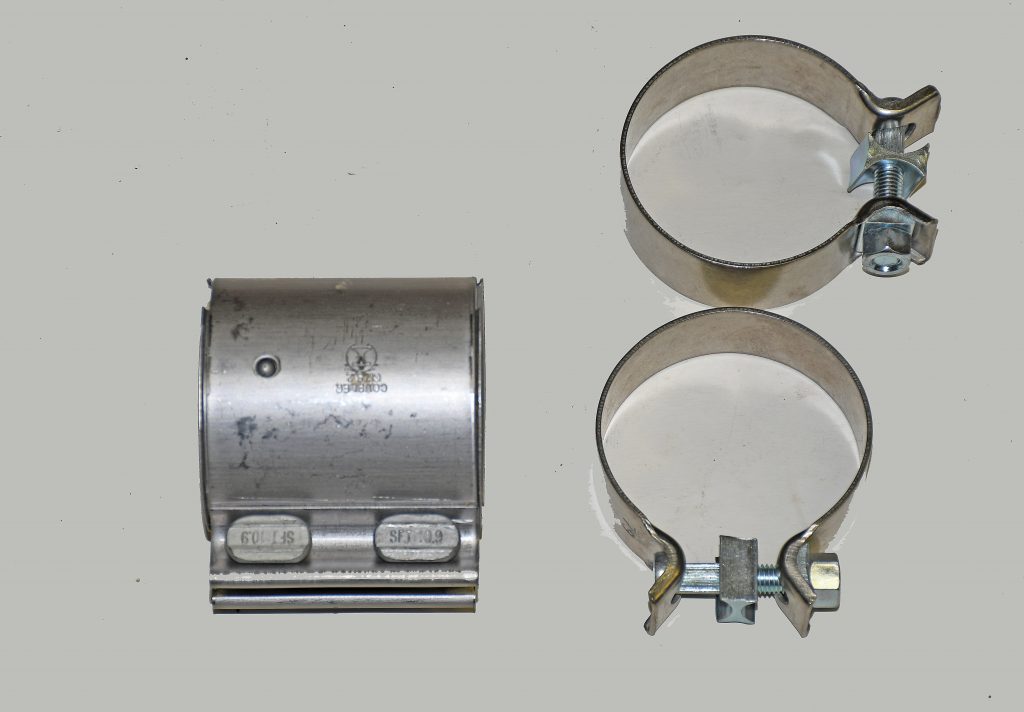
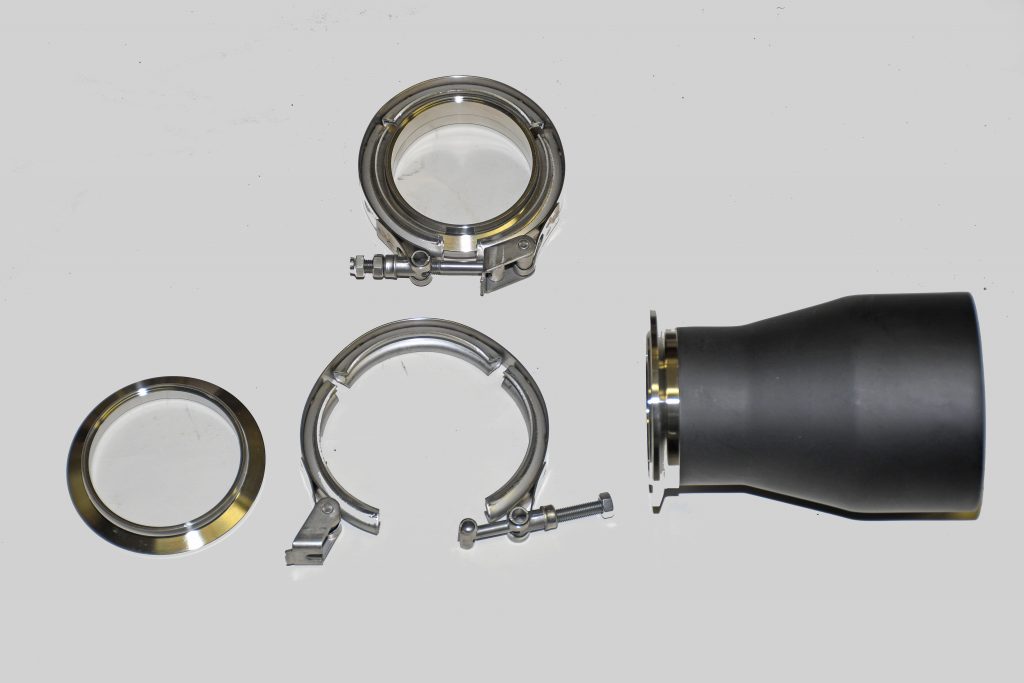
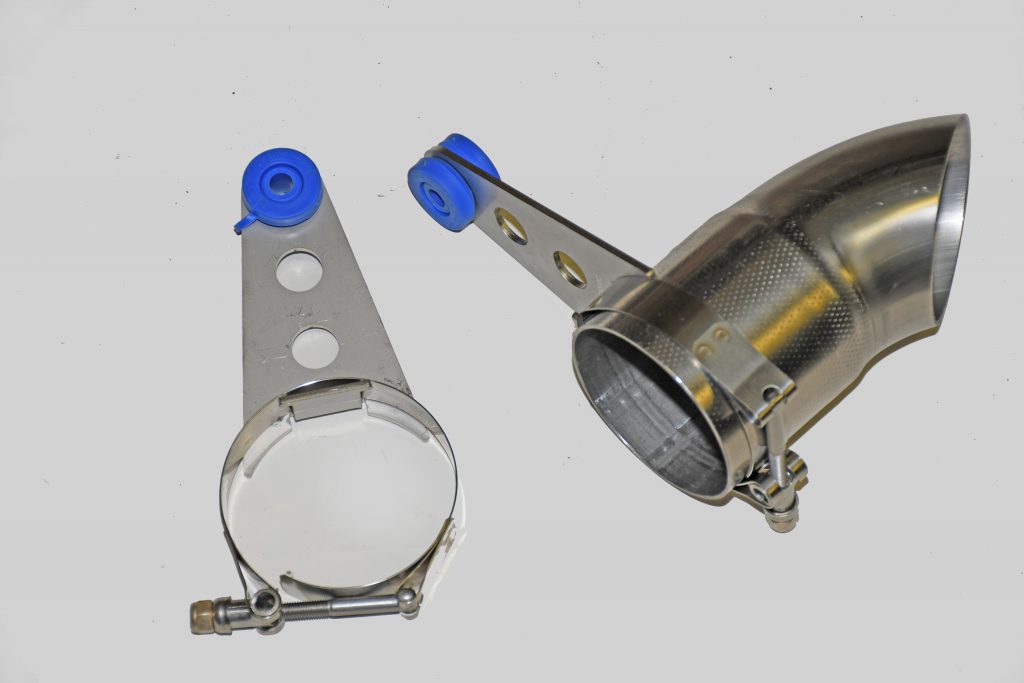
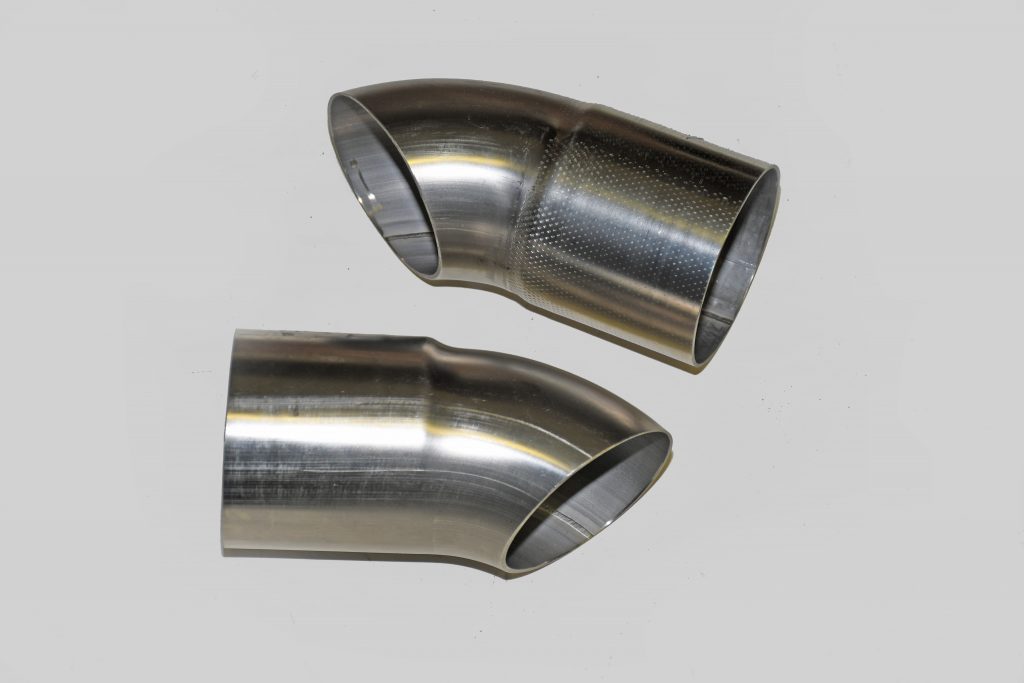
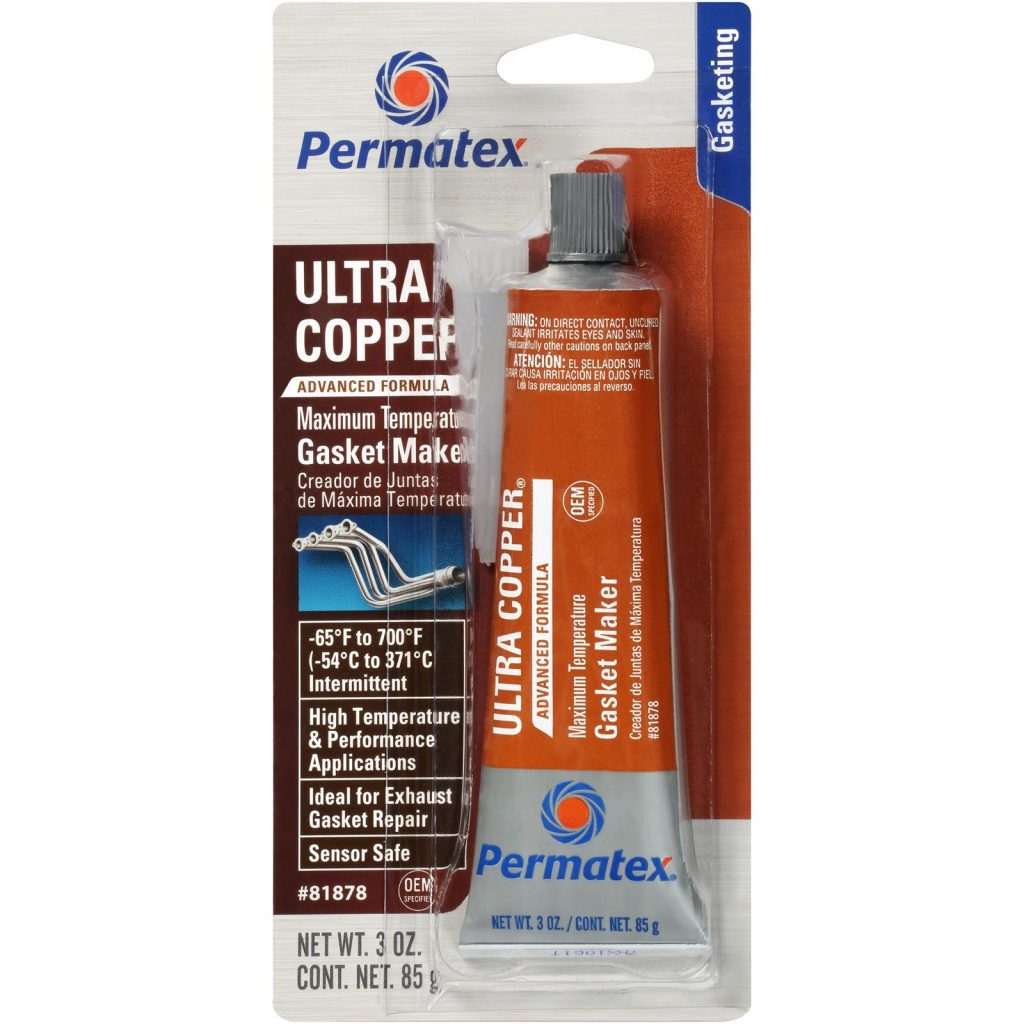
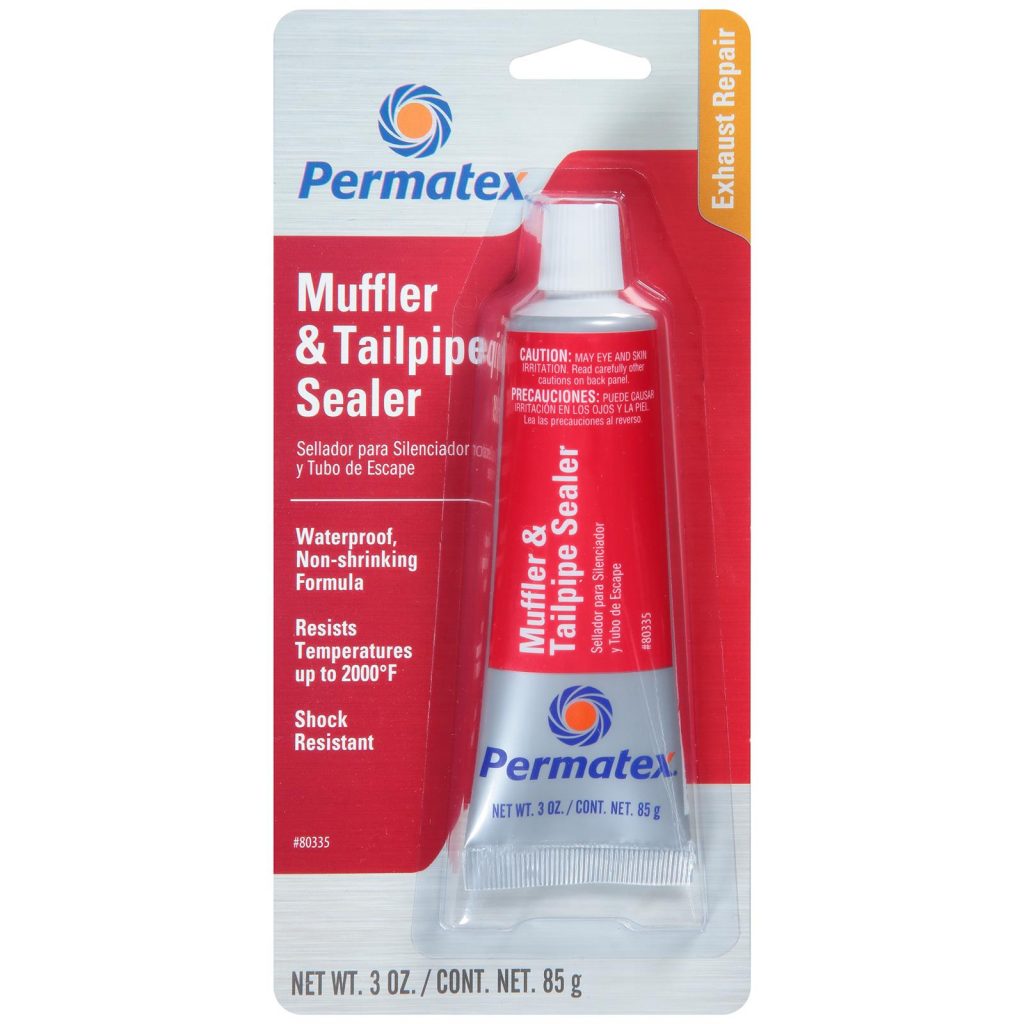

I always appreciate reading articles by Wayne. I have his books and at 75 years I still refer to them. I am the original owner of a 1968 Camaro and still own it. It has gone through various stages from drive to work to race on the weekends. It looks better now than it did when I bought it. Nice article as I’m getting ready to modify my exhaust also.